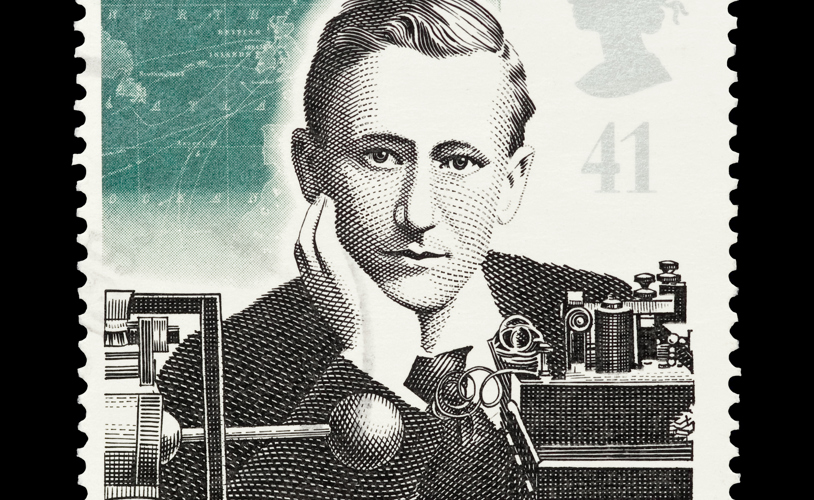Dear Sara,
I hope that you and your family are keeping well! I am working hard in school and am trying to improve my own letter writing skills as well as using email on the computer at home.
Tadcu has given me one of his old fountain pens. They are not so easy to use as it tends to drop blots of ink all over the place. I am taking my time writing this letter to you. So far so good! I have also spent time with Tadcu researching Marconi’s inventions! Did you know as well as in Lavernock he worked in Snowdonia, that’s not that far from you!
In another set of experiments at Waunfawr on the coast of north Wales he managed to send the first text message (of course it was a radio telegraph message using Morse Code in those days) from Wales all the way to north America using radio. What an achievement and he was still quite young!
Did you know that it was Mr Marconi’s equipment that enabled the doomed ship ‘The Titanic’ to radio telegraph other ships close by that were close that the Titanic was sinking.
There would have been even greater loss of life on that tragic evening if it hadn’t been for Mr Marconi and his “magic” invention!
When you are near a computer then you can read more here about Marconi’s Waunfawr Radio Station here:
http://www.heneb.co.uk/ww1/marconi.html
I have enclosed a picture of some of the lifeboats that was picked up as a result of the mayday signal sent from the Titanic’s Marconi Room which you should find in the envelope. It must have been awful to have to wait and hope that you would be rescued whilst others around you were drowning.
I hate being on a ship and would have been absolutely frightened to my core to be in a lifeboat! They say that in those days it was “women and children first” as they got people into the lifeboats, I looked that phrase up on the Internet with Tadcu and there is a great amount of history connected with “women and children first”.
Did you know that the Titanic only had 20 lifeboats that could only carry 1,178 people, even though there were over 2,200 on board that night? I wonder why they hadn’t enough spaces for so many people!
Well Sara I will let you know how I get on with my research and when I get the new mobile phone then we can keep in touch by text and voice. I am hoping to have unlimited texts and calls!
Stay safe!
Pob hwyl, Sofia





